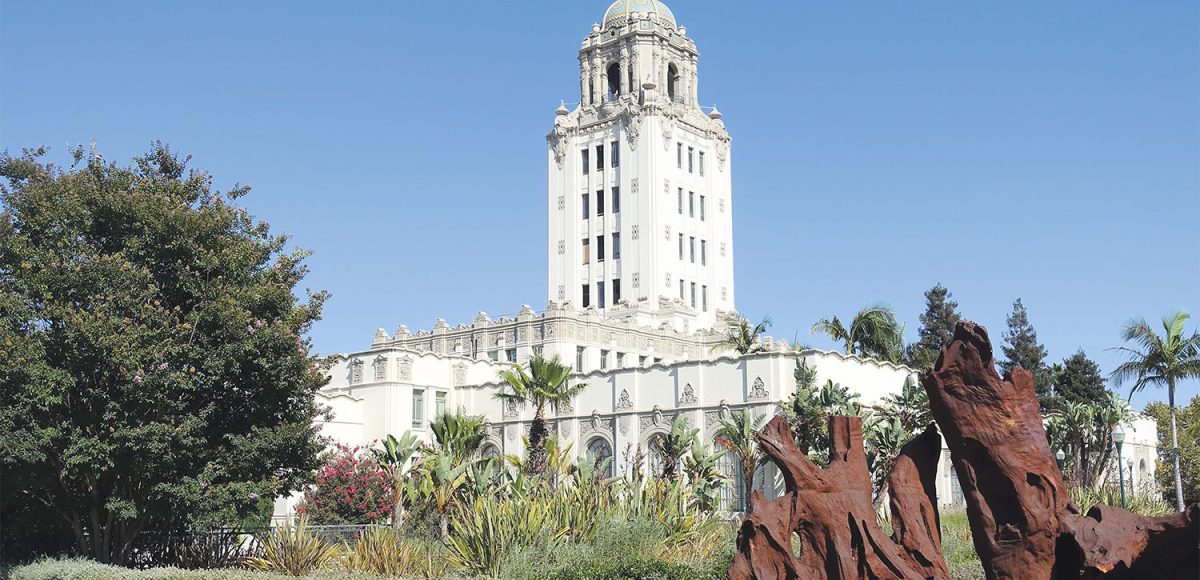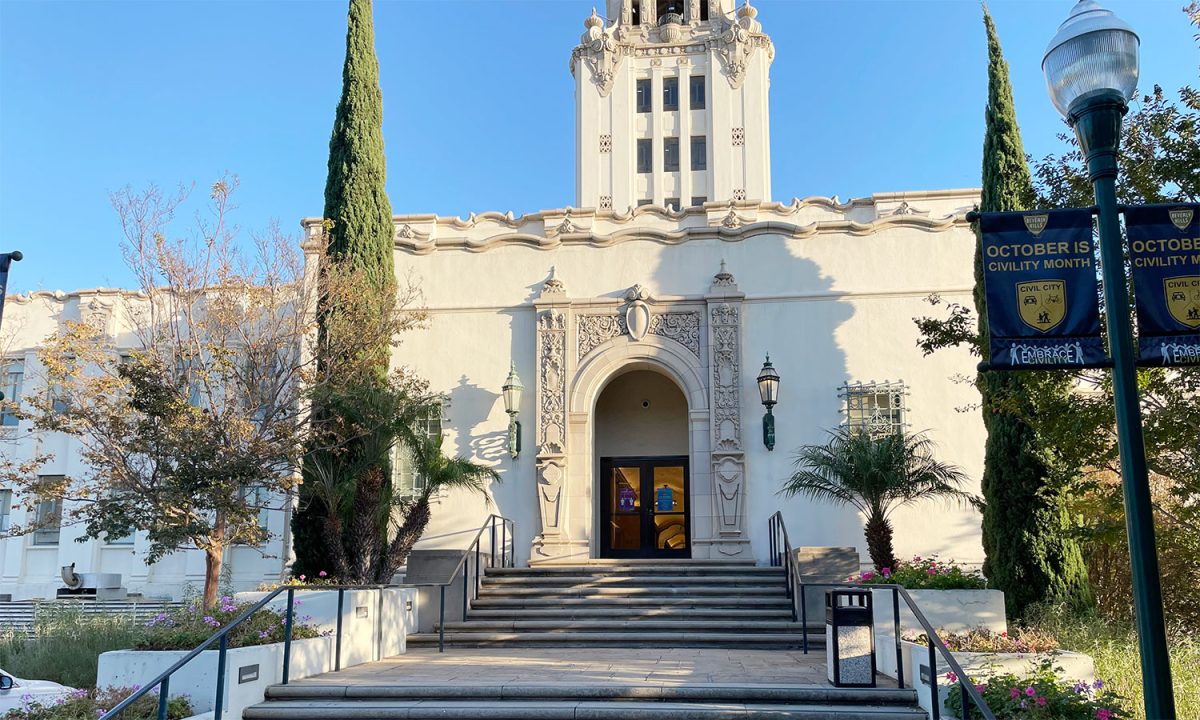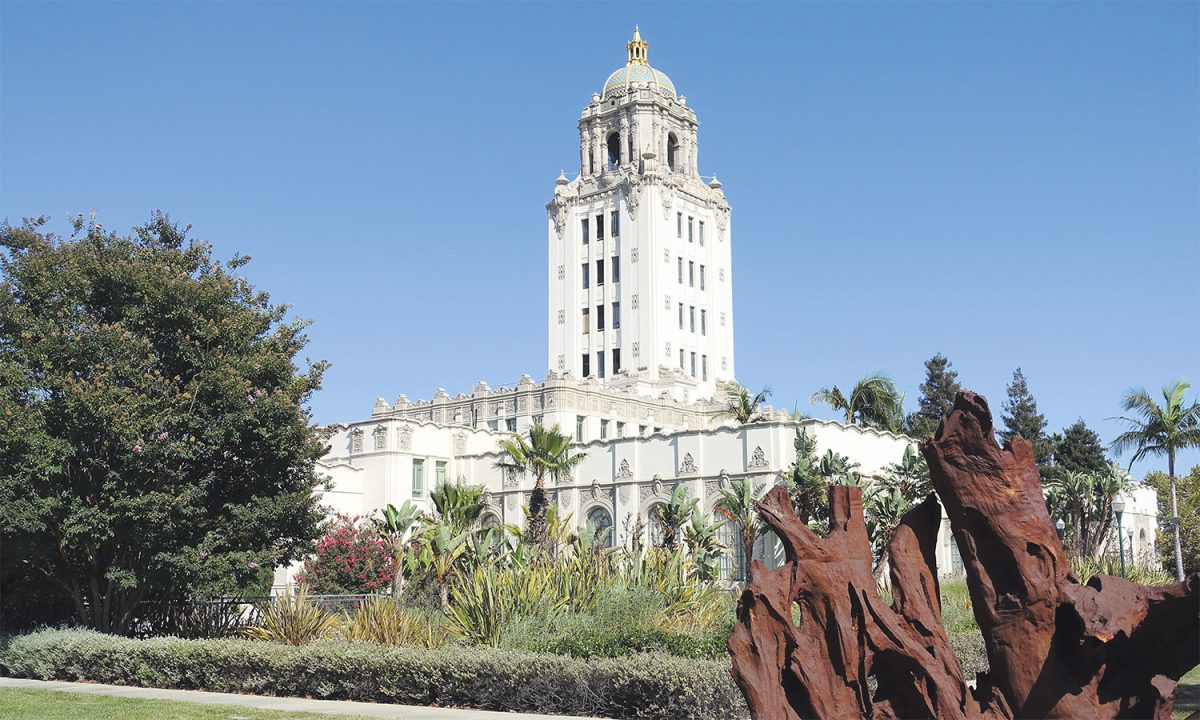An ad hoc committee tasked with improving the reliability of Beverly Hills’ electrical grid, especially amidst wildfires and other natural disasters, weighed a series of options to achieve that goal from utility providers, neighboring communities and city staff on Nov. 1.
It was the fourth meeting of the Mayor’s Citywide Electrical Resilience Ad Hoc Committee since its inaugural session on Aug. 30. The body was formed largely in response to repeated power outages in the Trousdale Estates area due to extreme heat waves last summer.
Vice Mayor and Committee Member Lester Friedman noted that owners and operators of the grid powering Beverly Hills, Southern California Edison (SCE), had completed a series of upgrades to electrical equipment in the Trousdale area as recently as late March. However, it was too early to tell how much that work will improve the energy reliability locally.
“I think we’re still going to see how that affects the Trousdale area,” Friedman said. The committee’s most recent meeting opened with a presentation from representatives of SCE. They went over a variety of rebates potentially available to ratepayers to offset the cost of generators and backup batteries to keep a property’s lights on during an outage.
Discussion segued into how that equipment might eventually be used to form a cooperative solar-powered grid to produce and store energy within the community, thereby becoming less reliant on SCE. The committee heard from a community non-profit attempting to develop such a system in Pacific Palisades.
Antonella Wells of Resilient Palisades said the organization was in the early stages of its Pali Microgrid Project. A major initial hurdle for them remains the high cost of the batteries used to store electricity locally.
The price of those batteries can vary wildly depending on capacity and intended use, anywhere from $1,000 to $18,000 according to a cursory search by city staff during the meeting. However, members of the ad hoc committee remained optimistic about the potential of developing a microgrid in Beverly Hills, or at least promoting the implementation of more solar and backup power equipment in the Trousdale area as “baby steps” toward that goal.
The committee was also amenable to identifying buildings in the community that could be outfitted with solar cells and storage batteries. Of particular promise are schools, according to City Consultant Mariko Geronimo, co-founder of Lumen Energy Strategy.
“This is a really promising use case that I see in the research,” Geronimo said. “Whether that’s a single-building school or a larger multiple-building campus. Schools typically have the rooftop space for solar, so a clean microgrid is more achievable for them. They’re already serving a vulnerable population, kids, and it’s a trusted community center.”
Members of the committee were in agreement that incremental steps toward producing and storing green energy locally should be taken as soon as possible. Committee Member Ethan Bearman went as far as to suggest finding a way to eliminate the city’s reliance on SCE.
“I agree with this idea of baby steps to get going, and I believe the city is uniquely positioned to take a big bold step forward,” Bearman said. “I heard absolutely nothing from SCE that gives me any confidence that they take this seriously.”





